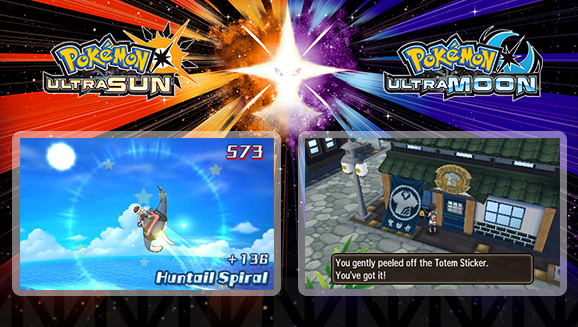

The structure was essentially a remake of the original Pokemon Yellow, so it featured the same original collection of 151 monsters newly rendered in the Switch's high-fidelity style. This time your buddy could be Pikachu or Eevee, depending on which version you played. Pokemon: Let's Go took a cue from the classic Pokemon Yellow, featuring a similar perspective and buddy system. This Switch game was something of a warmup while fans eagerly awaited the entirely new generation of Sword and Shield. See our Pokemon Black and White 2 review. But while it was an enjoyable follow-up to an already solid Pokemon game, it was a little less novel and didn't represent the usual degree of change that we see in a whole new Pokemon generation. Those included a Pokemon World Tournament that featured famous trainers from the series' history and a new PokeStar Studio side-game. Though it took place in the same region, it featured new towns and areas that hadn't been accessible in the first game, and a handful of new mechanics. Set two years after Pokemon Black and White, these sequels revolve around the reemergence of Team Plasma. Pokemon Black and White 2 Pokemon Black and White 2Īll of the Pokemon games loosely take place within a shared universe, but Black and White 2 is the series' only actual, canonical sequel. We took a hard look at every mainline entry and compiled a list of the best pokemon games, ranked from not very effective to super effective. With each passing Pokemon generation, the series has evolved to feature more Pocket Monsters, new features, and updated visuals. Fans have been trying to catch 'em all for decades. While the franchise has branched out into a wide variety of video game genres, the core role-playing game series remains the most popular and influential. Now more than 25 years old, the Pokemon franchise has become a multimedia juggernaut that spans across TV, film, trading cards, collectibles, clothing, toys, and of course, video games.


 0 kommentar(er)
0 kommentar(er)
